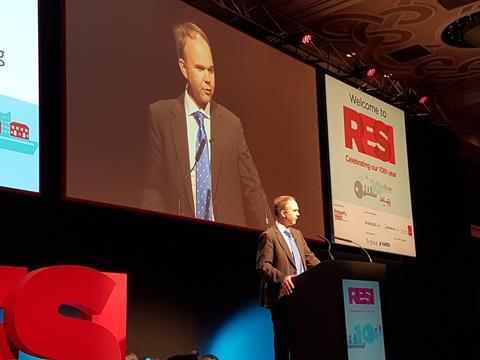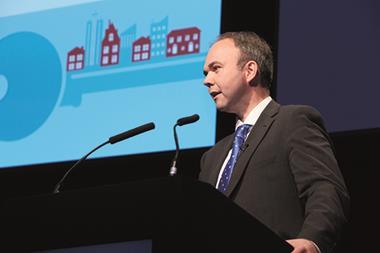The uncomfortable truth facing London at present is that not enough homes are being built. The fact that home ownership is at its lowest rate for 30 years is merely one indicator of this.

While speaking at the RESI Conference 2016, Gavin Barwell, the newly appointed minister of state for housing and planning, emphasised that “we need to build more homes of every single type”.
With the market experiencing continued growth in the private rented sector (PRS), however, more needs to be done in policy terms to encourage build-to-rent developments as part of a better mix that will help to meet the demand for housing in the capital.
In his speech, Barwell acknowledged that a “thriving private rented sector” was critical to meeting housing need. With it would come a “significant boost in institutional investment”; essential to solving London’s and the rest of the UK’s housing deficit.

A number of established brands are already starting to enter the PRS market through smaller subsidiaries - Willmott Dixon through Be:here and Thames Valley Housing through Fizzy Living.
However, the government has not to date issued any official planning guidance for the sector and therefore risks missing out on harnessing the full potential of the PRS.
This lack of proper guidance has forced local authorities to step up and issue their own guidance, with London expected to lead the way on this front.
Unfortunately, since the guidance has been drawn up by individual authorities, it is incredibly varied, causing difficulty for developers and planners alike.
Borough reviews
Nexus Planning has reviewed how each London borough views the PRS in its planning guidance.
Our findings revealed that only eight boroughs take a positive view of the PRS, yet five of these highlighted the importance of the PRS in their housing stock while doing nothing to support its growth.
Twenty boroughs, the majority of London, do not recognise the PRS anywhere in their planning policies, instead heavily favouring the provision of affordable housing.
Despite this, some councils have started to set up their own development companies, entering the market to deliver much-needed housing and to diversify their income streams.
Our research shows that 11 boroughs have created, or are seriously considering starting, their own housing development company.

This represents a key area of growth for councils and reflects significant progress in terms of Barwell’s call for housing stock diversification. With low interest rates dominating the market, now is the time for councils to embrace this opportunity.
There is a clear need to recognise the challenges the sector faces in terms of planning policy, design and the viability of delivering these types of schemes.
While this type of development cannot serve as the silver bullet many are seeking, the PRS is certainly an important part of the housing mix. Barwell was correct to state that “while home ownership is still the goal for the majority, many will rent for some years before they buy”.
Our housing supply should reflect this reality. With the support of local councils, the government must therefore issue consistent and comprehensive planning policy through the introduction of well-planned legislation.
Tom Hyde is senior consultant at Nexus Planning





























No comments yet